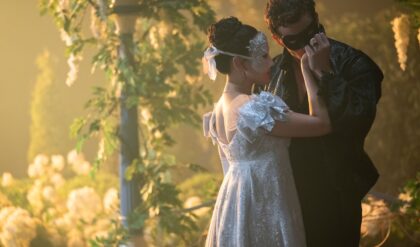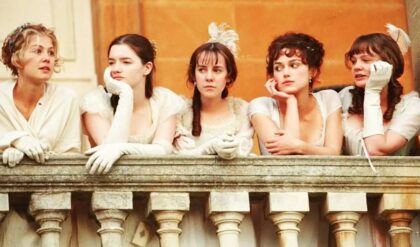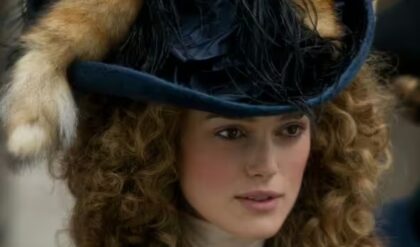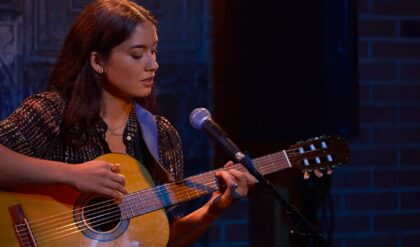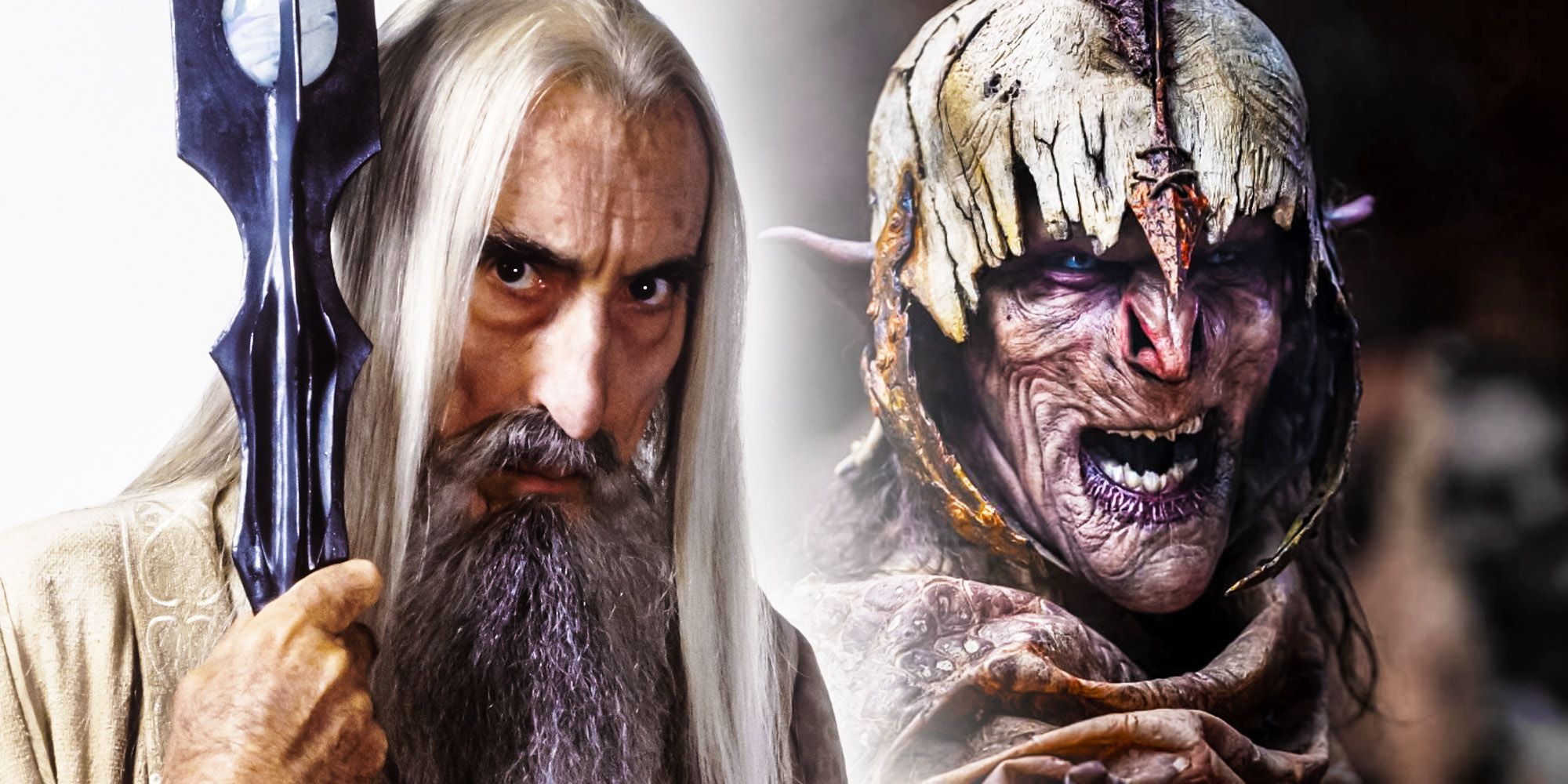
The difference is one of linguistics. Orcs use a foul speech known as the Black Tongue, and “Uruk” is the word they use to describe themselves. “Orc” derives from the Elven Sindarin language, and since the two races utterly despise each other, it’s no surprise Adar’s people prefer being known as Uruks. For The Lord of the Rings fans, “Uruk” will be more closely associated with Saruman the White, who creates a breed of Orcs known as Uruk-hai to pursue the Fellowship and assault Rohan. What’s the difference between Uruks as seen in The Rings of Power and the Uruk-hai that pour from Isengard?
Uruk-hai vs. The Rings Of Power’s Uruks – What’s The Difference?
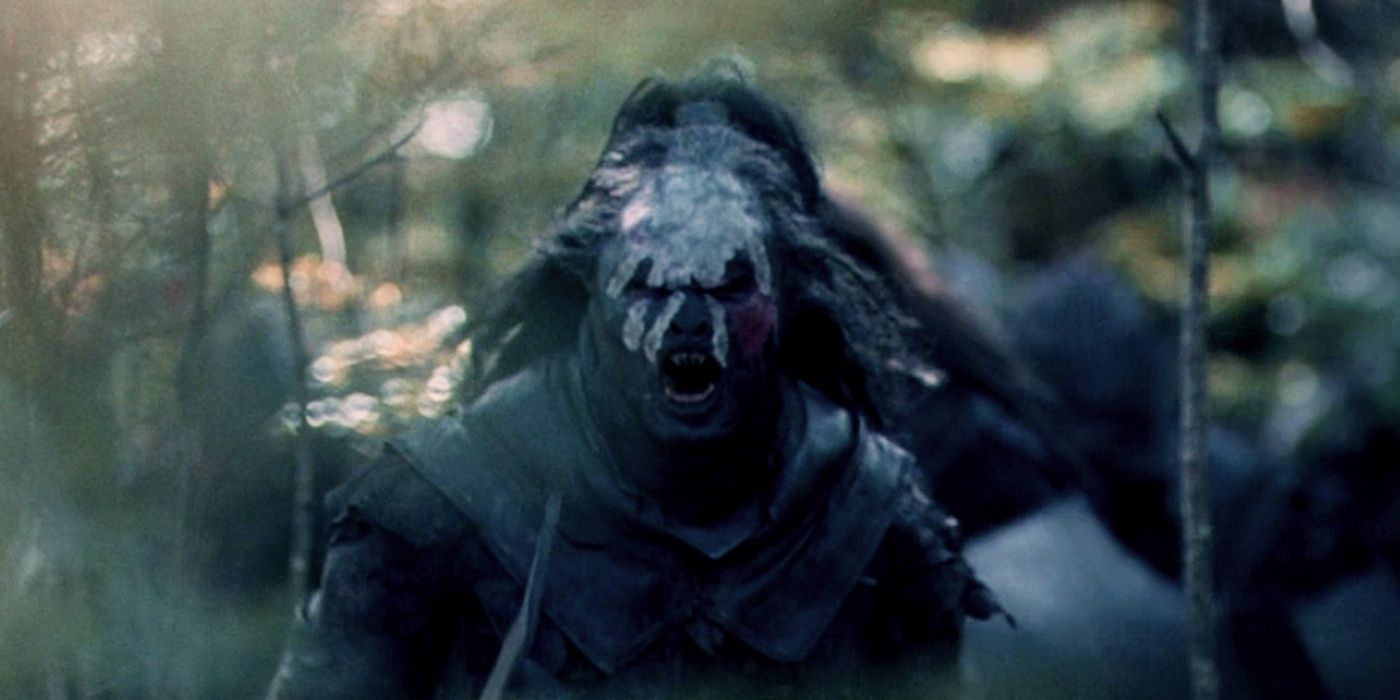
In The Lord of the Rings, the term “Uruk” applies to two specific Orc breeds. The earliest is the Black Uruk, native to Mordor and superior compared to your average Orc. Black Uruks are still under Sauron’s employ during The Lord of the Rings. Centuries after Sauron’s Black Uruks come the far more familiar (and far more distinctive) Uruk-hai bred by Saruman. J.R.R. Tolkien never reveals precisely how the corrupted wizard creates this new-and-improved army of Orcs. They appear suddenly out of Isengard sometime around the War of the Ring wearing their master’s white hand symbol, wreaking havoc upon both the people of Rohan and Boromir’s torso. “Uruk-hai” simply means “Orc-folk” in Black Tongue, which plays into unconfirmed suggestions that Saruman created them by crossing Orcs with Men.
The Lord of the Rings‘ Uruk-hai are often referred to as “Uruks” for simplicity’s sake. When Adar says “Uruk” in The Rings of Power, however, he’s referring to the entire Orc race. Rather than denoting a biological difference as it does in The Lord of the Rings, the term becomes a matter of preference for The Rings of Power.
How The Rings Of Power’s Orcs Are Different To LOTR
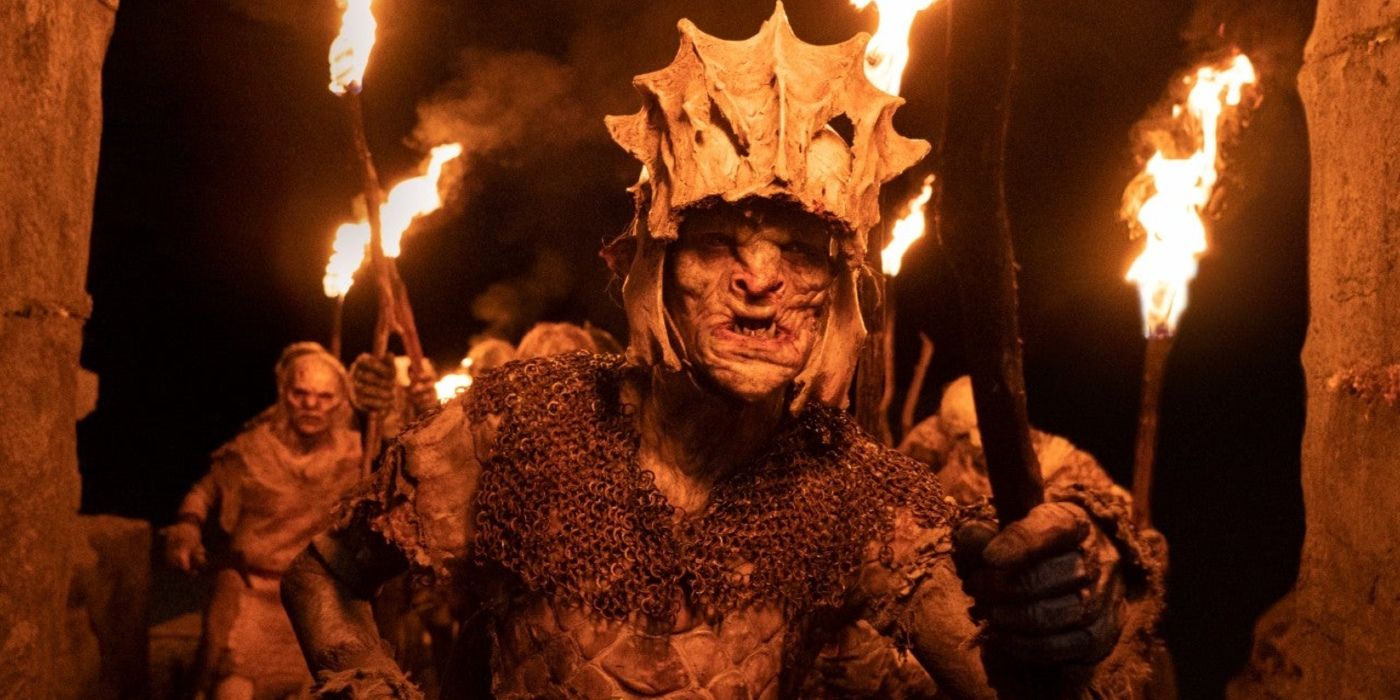
Adar’s soldiers in The Rings of Power may not be Black Uruks or Uruk-hai, but they’re still not totally like the Orcs in The Lord of the Rings. Peter Jackson’s movies often depict ordinary Orcs operating just fine in broad daylight, making them different to their sun-averse Amazon counterparts. Tolkien’s original books, however, make several references to Orcs hating sunlight, bringing The Rings of Power‘s fodder villains closer to the source material. It could be argued that Orcs in The Rings of Power are more sun-sensitive than in the books, and if that’s the case, it’s likely because Adar’s Orcs have been starved of sunlight for so long and hail from Morgoth’s era of darkness in Middle-earth. Later generations likely would’ve developed slightly better resistance.
Physically, The Rings of Power‘s Orcs have been designed as rougher and more beastly – a reflection of the Amazon series’ earlier placement in Tolkien’s timeline. And yet the biggest difference to The Lord of the Rings‘ Orcs is cultural. Whereas Orcs are typically concerned only with eating and carrying out orders, Adar in The Rings of Power seeks to give his followers a home – a safe, sunless haven where they can’t be exploited by Morgoth or Sauron. Orcs – Uruk or otherwise – showed no such thoughts of independence in The Lord of the Rings.
